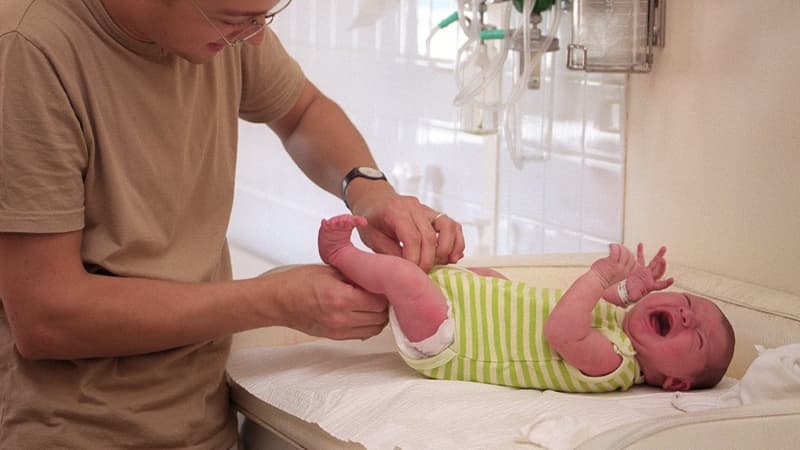The proportion of fathers taking paternity leave is slowly increasing. Between 2013 and 2021, their proportion went from 68 to 71%, according to a study by the Department of Research, Studies, Evaluation and Statistics (Drees).
Created in 2002, the device, which gives the right to daily Health Insurance allowances, aims to “promote the balance of family tasks and promote professional equality between women and men”, recalls the Drees. Since its launch, it has attracted two-thirds of young parents. Since then, not only has its appeal rate among parents increased, but it has also been extended to 28 days, in 2021, for a single delivery.
Less than one in two freelancers uses it
However, there are still few parents using it compared to the maternity leave enjoyed by women. In 2021, 93% took it. And this while fathers are more often eligible for paternity leave than mothers for maternity leave. In 2021, they were 82% entitled to it compared to 94% of parents.
This gap is partly explained by the lower resources of self-employed or unemployed parents. In fact, only 46% of the self-employed took paternity leave in 2021. A proportion that has increased considerably in eight years since reaching 32% in 2013.
Male employees, for their part, are 91% of the system’s beneficiaries, a usage rate close to that of all women for maternity leave.
13% of job seekers take it
Even fewer job-seeking fathers take paternity leave. They were 13% to assert this right in 2021 compared to 76% of active parents.
The access gap is less pronounced among women. In 2021, 75% of unemployed mothers receiving benefits took maternity leave compared to 95% of employed mothers.
The DREES formulates several hypotheses to explain this lower resource of parents compensated by unemployment insurance. It evokes, on the one hand, a possible “misunderstanding of their rights” and, on the other hand, a more psychological brake. “The greater gap for fathers could reflect a greater feeling of illegitimacy on the part of the latter when they are unemployed,” the study authors explain.
Source: BFM TV


